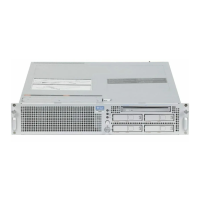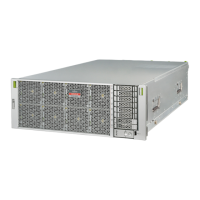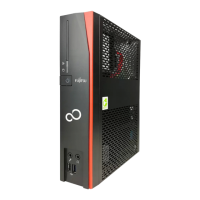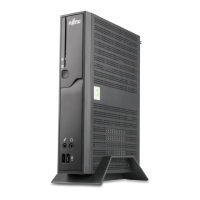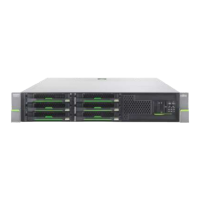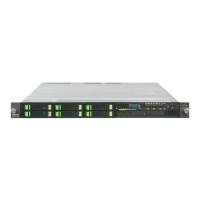4-10 SPARC Enterprise Mx000 Servers XSCF User’s Guide • January 2012
4.2.1 Domain Information
■ Command operation
1. Use the showdcl(8) command to check the domain ID, LSB number,
configuration policy, No memory state (true/false), No IO state (true/false),
floating board state, and degradation information.
2. Use the showdomainstatus(8) command to check the domain status.
<Example 1> In the SPARC Enterprise M4000/M5000/M8000/M9000 servers
XSCF> showdcl -va
DID LSB XSB Status No-Mem No-IO Float Cfg-policy
00 Running FRU
00 00-0 False False False
01 -
02 -
03 -
04 01-0 False True False
05 -
:
15 -
<Example 2> In the M3000 servers
XSCF> showdcl -va
DID LSB XSB Status No-Mem No-IO Float Cfg-policy
00 Running FRU
00 00-0 False False False
XSCF> showdomainstatus -a
DID Domain Status
00 Running
01 -
02 Powered Off
03 Panic State
04 Shutdown Started
05 Booting/OpenBoot PROM prompt
06 Initialization Phase
07 OpenBoot Execution Completed
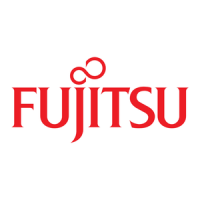
